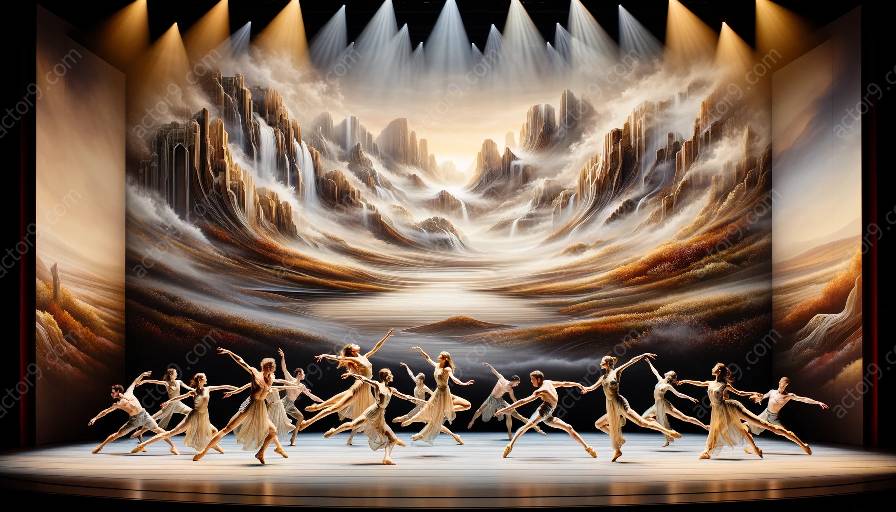Physical theatre is a powerful art form that combines movement, expression, and storytelling to create compelling performances. In recent years, there has been a growing focus on exploring physical theatre choreography in the context of disability and accessibility, opening up new possibilities for inclusive and diverse art forms.
The Intersection of Physical Theatre and Disability
Physical theatre embraces the capabilities of the human body to communicate emotions, narratives, and ideas without traditional dialogue. In the context of disability, physical theatre choreography presents an opportunity to redefine and expand the boundaries of performance art. By integrating diverse bodies and abilities into choreographic practices, physical theatre becomes a platform for empowerment, representation, and creative expression.
Challenges and Solutions in Physical Theatre Choreography
When considering disability and accessibility in the context of physical theatre, choreographers and performers face unique challenges. Traditional movement patterns and techniques may need to be adapted to accommodate different physical abilities. However, these challenges also lead to innovative solutions that enrich the creative process and result in groundbreaking performances.
Adapting Movements and Expressive Techniques
Choreographers explore and develop movement vocabularies that are inclusive and adaptable, allowing performers with diverse physical abilities to fully participate in the creative process. This may involve reimagining traditional gestures, experimenting with non-verbal communication, and incorporating assistive devices into the choreography.
Embracing Diversity in Performance Spaces
Accessibility goes beyond the choreography itself and extends to the performance spaces. The design and layout of venues, as well as the integration of sensory experiences, contribute to making physical theatre performances more inclusive and welcoming for diverse audiences.
Innovative Approaches and Techniques
Physical theatre choreographers are pioneering new techniques and approaches to create performances that celebrate diversity and accessibility. These innovative methods not only push the boundaries of traditional choreography but also inspire and educate audiences about the capabilities of the human body in performance art.
Integrating Technology and Multimedia
Technology plays a pivotal role in expanding the possibilities of physical theatre choreography in the context of disability and accessibility. Virtual reality, motion-capture technology, and multimedia projections enable performers to transcend physical limitations and immerse audiences in captivating sensory experiences.
Collaborative and Inclusive Creations
Collaborative processes, where performers and choreographers with diverse backgrounds and abilities co-create, result in performances that authentically reflect the richness of human experience. By embracing inclusivity in the creative process, physical theatre evolves into a platform for meaningful storytelling and social change.
Empowering Performers and Audiences
At the heart of physical theatre choreography in the context of disability and accessibility is the empowerment of performers and the transformation of audience perceptions. Through powerful and evocative performances, physical theatre becomes a vehicle for fostering empathy, understanding, and connection.
Representation and Visibility
By showcasing diverse bodies and abilities on stage, physical theatre challenges societal norms and promotes an inclusive vision of beauty, strength, and resilience. This visibility not only empowers performers but also enriches the cultural landscape by broadening the representation of human experiences.
Changing Perspectives through Storytelling
Physical theatre choreography in the context of disability and accessibility often revolves around compelling storytelling that transcends language barriers and societal prejudices. By presenting narratives that resonate with universal emotions and experiences, physical theatre has the potential to shift audience perspectives and encourage a more inclusive worldview.
Conclusion
Physical theatre choreography in the context of disability and accessibility represents a dynamic and transformative frontier in the performing arts. By embracing diversity, innovation, and inclusivity, physical theatre continues to push boundaries, challenge perceptions, and enrich the artistic landscape for performers and audiences alike.




































